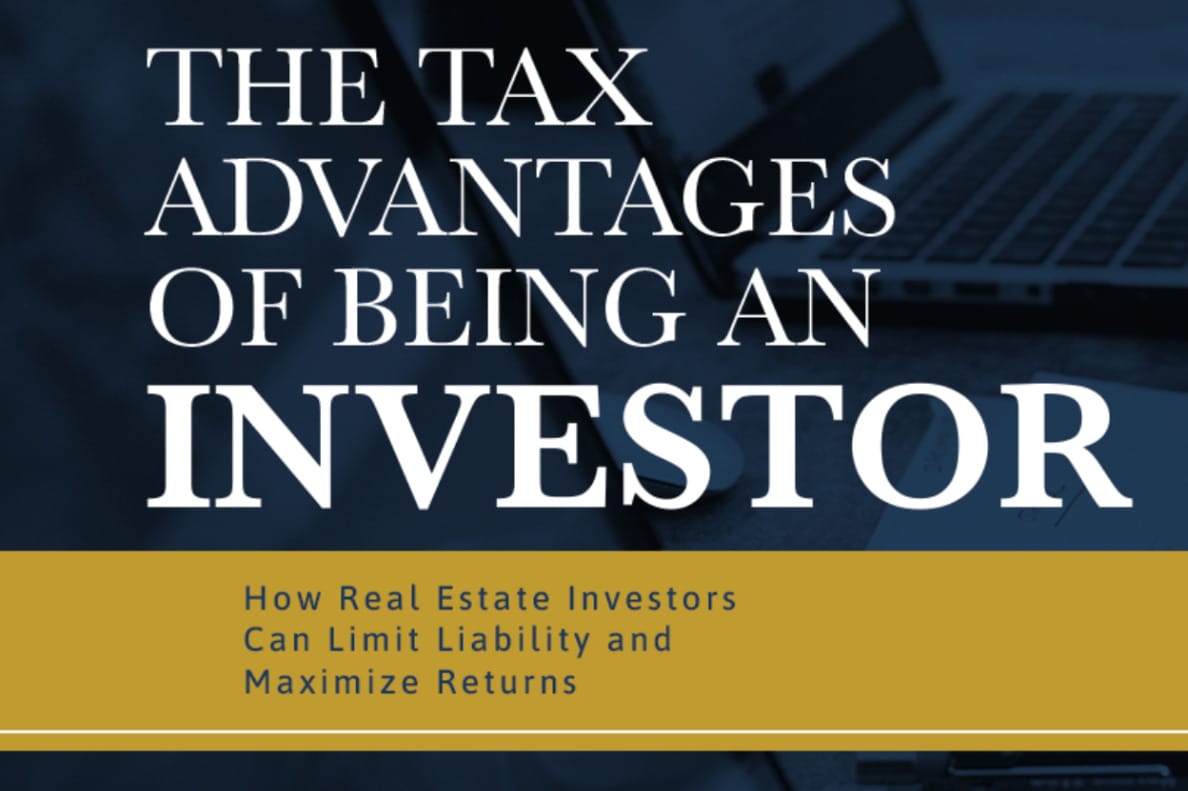Recently Reported: Self-Storage Performance Remains Strong

Twice each year, Yardi Matrix, a comprehensive market intelligence tool specializing in the self-storage sector, publishes a Self-Storage National Outlook that serves as a data-driven state of the industry for investment professionals, equity investors, lenders, developers and property owners. The Fall 2022 results are in and the punch-line is promising: the self-storage asset class continues to perform. And, while national street rate growth is tempering following a banner year in 2021 and solid 2022, rates in high-growth markets maintain a highly positive forecast.
The webinar, presented by Yardi’s Jeff Adler and Paul Fiorilla, used in-depth data to analyze street rate and supply trends.
Here, we’ll review some key takeaways and Spartan’s take.
As the environment shifts and street rate trends moderate towards pre-pandemic growth patterns, the overall theme remains the same—rate increases are driven by population growth. The highest population growth and, subsequently, street rate growths are seen in the South, Southeast and Southwest.
Adjustments in retail and dining patterns during the Covid-19 pandemic, as well as remote learning, working from home, and an increase in recreational vehicle purchases and use, created demand for storage. The street rate growth for large and medium units is outpacing the rates for smaller units.
While there is always potential for street rate growth to return to negative, the increasing cost of housing in many markets is driving demand for storage as people buy and rent smaller homes, therefore requiring more storage. This rent growth can be seen particularly in tech hubs as compared to the gateway markets. A greater upside in existing customer rents will continue to be seen by REITs, as demand and occupation remains high in primary markets.
Robust new construction is still being supported by strong demand, increasing rents and high occupancy rates. The supply of new construction has been increasing month-over-month since Q2, returning to pre-pandemic levels.
Even with an increasing number of new construction starts, supply is self-regulating due to high construction costs and slow pace of delivery. Conversions, which account for about a quarter of new supply in tertiary markets, are down significantly as retail spaces recover from the pandemic.
The demand for storage remains strong, fueled by population growth and the need for more space driven by the pandemic. Storage continues to be an attractive asset class for savvy investors.
Published by Roy Hanson on




